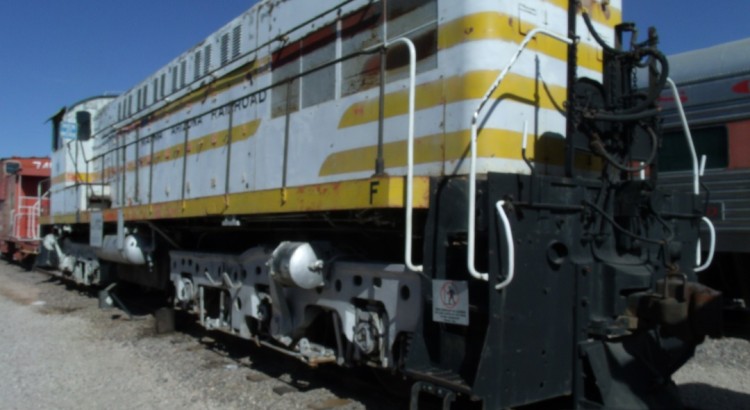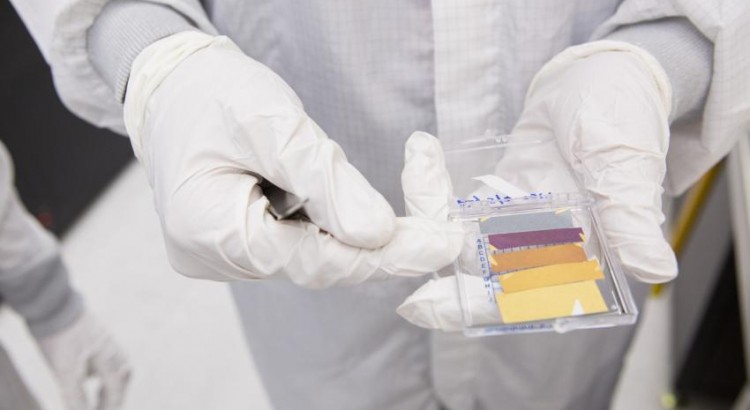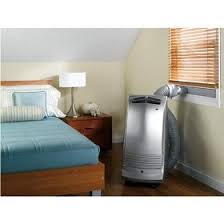When the temperature outside starts to get extremely hot, there’s nothing quite like finding an AC unit and plopping yourself down in front of it until things start to feel better. Sometimes, these machines are essential for keeping yourself from the dangers of getting overheated.
That’s not the only way these machines make life easier though. If you’ve ever used a portable dehumidifier before, you probably already know this. Without such a machine, you’d most likely never be able to get the water out of a room after flood damage or something similar.
This is just one way industrial cooling makes life easier for us. If you’ve ever worked in a factory before, you know that—between the machines and the large number of people—it’s easy for things to get extremely hot extremely quickly.
Speaking of extremely hot temperatures, have you ever been in a server room? Servers are the computers charged with hosting all kinds of information, like the kind necessary to run a website. This job isn’t easy, though, which is why servers create so much heat around the clock. If industrial AC units weren’t surrounding them, they would overheat and your favorite websites would crash immediately.
As you can see, AC is about more than just comfort; it’s one of the most important technologies we have.




